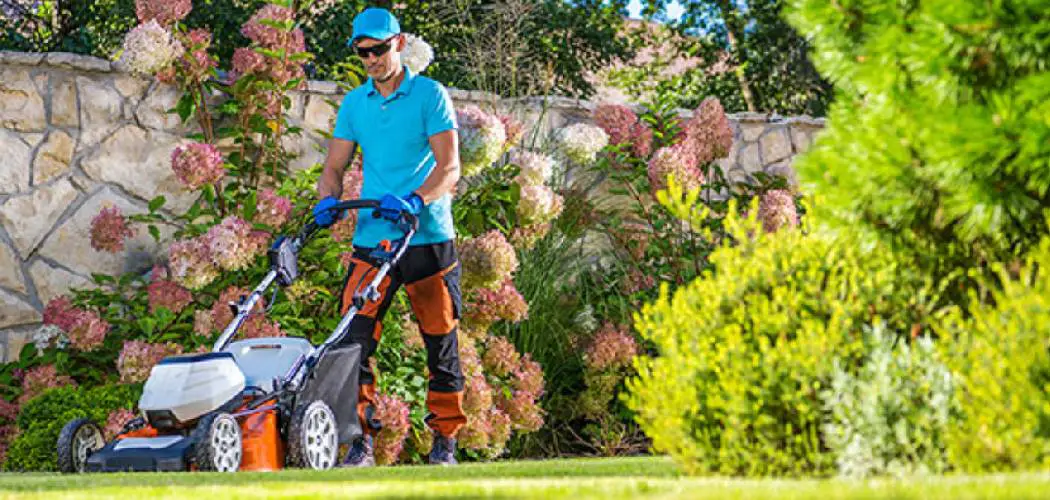A yard overrun with brush can transform your outdoor space from a welcoming retreat to an unruly, unsafe eyesore. Unchecked brush not only detracts from your home’s appearance but can also harbor pests, pose fire risks, and limit usable space for recreation or landscaping improvements. Learning how to remove brush from yard areas is a fundamental skill for homeowners and gardeners alike. By understanding best practices and adopting a systematic approach, you can reclaim your yard, enhance its health, and improve your property value—all while supporting the local environment.
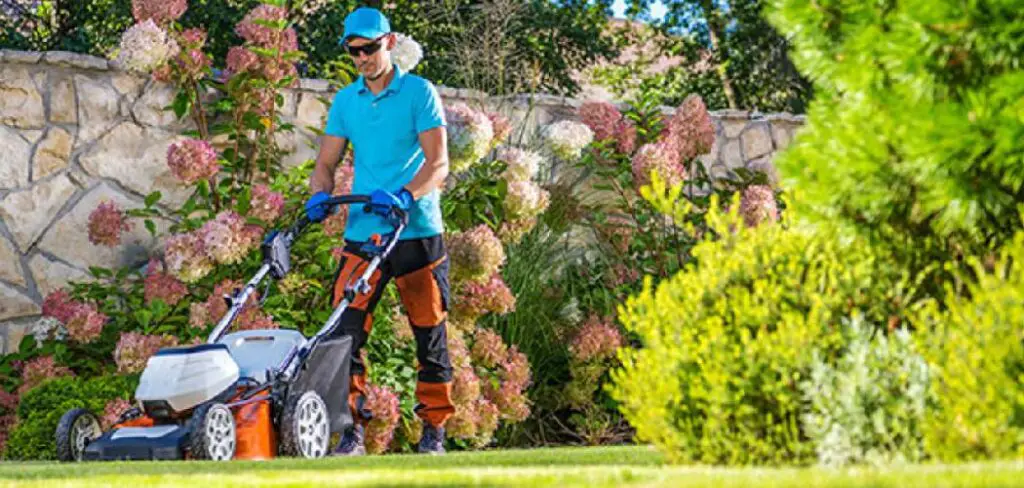
Understanding Yard Brush and Its Impact
Yard brush is more than just a pile of sticks or leaves. It encompasses dense clusters of overgrown vegetation, such as invasive shrubs, small self-seeded trees, aggressive vines, and the inevitable accumulation of fallen branches. Without regular care, these materials can quickly take over swathes of your yard. Excess brush provides shelter for unwanted wildlife, like rodents or snakes, creating potential hazards for children or pets. It can also act as fuel for fires, especially during dry seasons, and block sunlight or airflow required for healthy grass and ornamental plants. Over time, the presence of unmanaged brush may diminish your property’s curb appeal or even result in municipal code violations.
Common Causes of Yard Brush Build-Up
Brush piles rarely appear overnight. Several factors contribute to their buildup:
- Delayed or infrequent yard maintenance, especially after seasons of rapid plant growth.
- Storms that scatter branches, twigs, and leaves across lawns and gardens.
- Shrubs, invasive species, or trees that encroach into open green spaces.
By recognizing these causes, you’ll be better prepared to anticipate when and where brush removal will be necessary.
Preparing to Remove Brush
Preparation is vital for a safe and successful brush clearance. Jumping straight into cutting and hauling debris without a plan can make the job harder or risk injury.
Assessing the Scope of Work
Begin by surveying the yard for the extent and nature of the brush problem. Walk your property and make notes of overgrown areas, types of vegetation, and the presence of obstacles (such as fences, garden beds, or utility lines). Categorize zones according to severity—light overgrowth along fence lines, dense thickets needing power tool intervention, or areas choked by fallen storm debris. Prioritize the most challenging or hazardous areas, such as near structures or around children’s play zones.
Gathering Tools and Equipment
Safe and efficient brush removal hinges on having the correct tools:
- Gloves: Sturdy gloves protect hands from thorns and splinters.
- Pruning shears or loppers: For cutting small stems and thin branches.
- Hand saws or chainsaws: Necessary for thicker limbs or small trees.
- Rakes: For collecting loose brush and leaves.
- Tarps or wheelbarrows: Useful for transporting piles of debris.
- Eye protection and long sleeves: To guard against scratches and flying debris.
Select tools appropriate to the size and type of brush. Ensure all equipment is in proper working order before you begin. Take a moment to review safety instructions, especially for chainsaws or other power equipment.
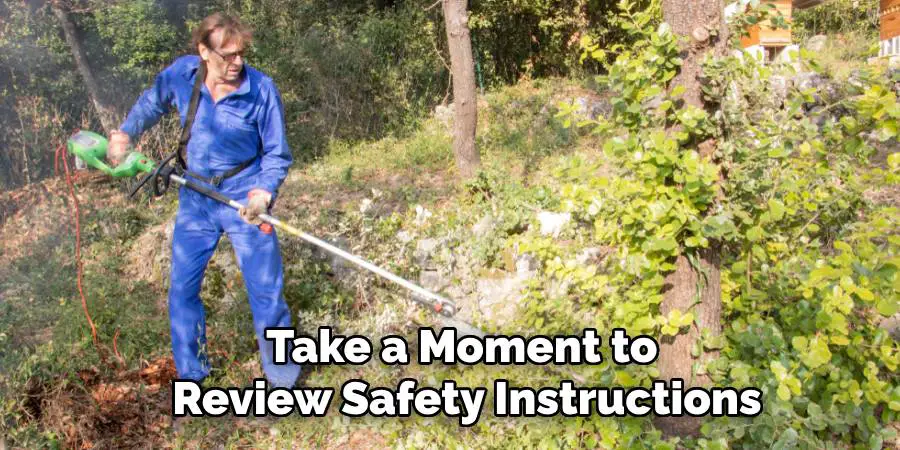
How to Remove Brush from Yard: Methods for Removing Yard Brush
How you approach brush removal depends on your property size, the density of the brush, and your equipment.
Manual Brush Removal Techniques
For smaller yards with manageable overgrowth or isolated patches, manual techniques may be all that’s needed. Start by trimming or pruning easily accessible vegetation at ground level with shears or loppers. Work in sections, always cutting away from your body and stacking material safely to avoid trip hazards.
When branches or stems are cut, pile them in manageable stacks. Use rakes to sweep up leaves, twigs, and loose plant debris. As you clear each section, periodically stop to assess your progress and pace yourself to prevent injury. Stay hydrated, wear sun protection, and if you discover wildlife (such as wasp nests or burrowing animals), proceed with caution or call for help.
Mechanical and Power Tools for Larger Areas
If the brush is dense—such as small saplings, thickets, or stubborn vines—mechanical intervention might be necessary. Chainsaws can efficiently handle thicker branches or saplings, but should only be used by individuals familiar with safe operation. Before starting, check that the tool’s chain is sharp and carry extra fuel or batteries if needed.
Brush mowers or heavy-duty trimmers are valuable for dense, ground-level growth or for covering expansive areas quickly. These tools can cut down most vegetation to a manageable level. Always wear protective gear—including safety glasses, hearing protection, and steel-toed boots—when operating machinery. Walk the area first to remove rocks or other debris that could damage equipment or cause injury.
Dealing with Specific Types of Brush
Not all brush is created equal; different plants require tailored removal methods.
Removing Vines, Shrubs, and Small Trees
Vines and aggressive shrubs can regrow from small root fragments, so extraction requires more than clipping above ground. Use a spade or specialized root removal tool to dig out the main roots whenever possible. For woody shrubs and small trees, cut the plant at ground level and dig out or grind the stump to prevent regrowth. Persistence is key—check back periodically to address any new shoots or returning roots.

Clearing Fallen Branches and Storm Debris
After severe weather, safety comes first. Before tackling large branches or significant storm debris, ensure downed power lines are not present. Contact utility companies for assistance if necessary. For the remainder, cut oversized branches into smaller, manageable pieces. Pile them on a tarp or in a wheelbarrow for easier transport and disposal. Remove any remaining twigs or leaves with a rake to complete the clearing.
Disposing of Removed Brush
Once the brush and debris are gathered, it’s important to dispose of them safely and responsibly. Options include:
- Curbside pickup: Many municipalities offer bulk yard waste collection on certain days. Check local regulations.
- Composting: Branches and leaves can be shredded for home compost or mulch, provided the brush does not include invasive species or diseases.
- Hauling to a landfill or recycling center: Some facilities accept yard waste for a fee.
- On-site chipping: Renting a wood chipper can quickly reduce brush to mulch, which you can use for landscaping.
Avoid burning debris unless it’s explicitly permitted by local ordinances, and always observe fire safety guidelines.
Preventing Future Brush Accumulation
A proactive maintenance plan saves time and effort in the long term. Here are some strategies:
- Routine pruning: Trim shrubs, trees, and perennials regularly to control growth and prevent overrun areas.
- Seasonal clearing: Remove dead or dying plants at the end of each season.
- Mulch application: Use mulch to suppress weeds and slow the regrowth of brush in garden beds or along fence lines.
- Monitor for rapid spreaders: Keep an eye on invasive or aggressive plants that can return quickly.
Staying consistent with these tasks keeps your yard looking its best and prevents future build-up from overwhelming your efforts.
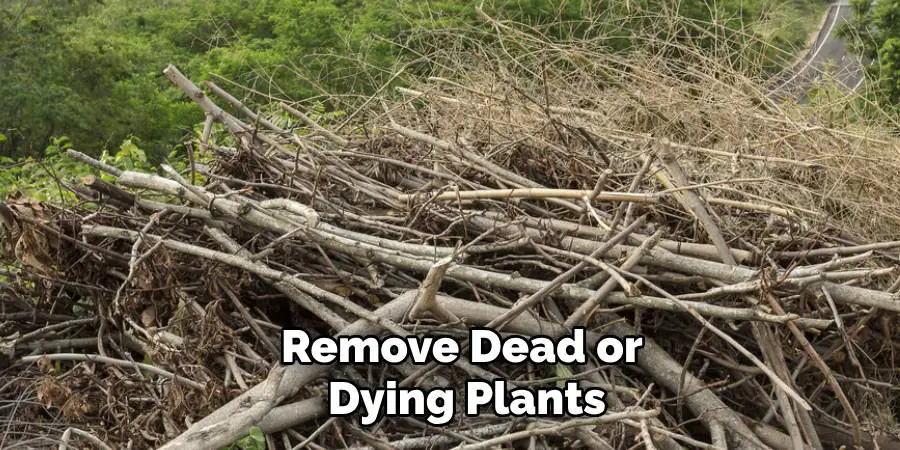
Benefits of a Clean and Brush-Free Yard
A yard free of excess brush isn’t just a point of pride—it offers many practical advantages, such as:
- Increased property value: Neat, well-maintained yards boost curb appeal and attract buyers.
- Enhanced safety: Removing brush eliminates tripping hazards and reduces fire risks, especially during drought.
- Healthier plants and landscape: Improved sunlight and airflow benefit grass, flowers, and shrubs.
- More usable space: Open areas allow for outdoor activities, gardening, or entertaining.
Plus, a tidy yard is a more inviting space for both your family and the beneficial pollinators that keep gardens thriving.
Common Mistakes to Avoid When Removing Brush
Even well-intentioned efforts can go awry. Be wary of these pitfalls:
- Using tools incorrectly or neglecting safety procedures, leading to injuries.
- Burning brush without proper permits, risking fire or legal penalties.
- Tossing yard waste in unauthorized locations, violating local dumping laws.
- Skipping protective equipment exposes you to cuts or allergic reactions.
- Attempting to remove large plants or trees beyond your skill level.
Careful planning and a safety-first mindset will help you avoid costly or dangerous mistakes.
Hiring Professionals vs. DIY Brush Removal
While tackling brush removal yourself can save money, there are cases where hiring experts may be more efficient or safer. Professional crews bring experience, specialized tools, and muscle power to address large or problematic areas quickly. If you’re facing thick undergrowth, mature trees, or massive post-storm debris, get estimates from licensed and insured service providers. For smaller or routine jobs, the DIY approach is cost-effective and highly rewarding.
Weigh your yard’s specific needs, your available time, and your comfort with yard work before deciding. Don’t hesitate to consult local landscaping companies for advice or partial assistance.
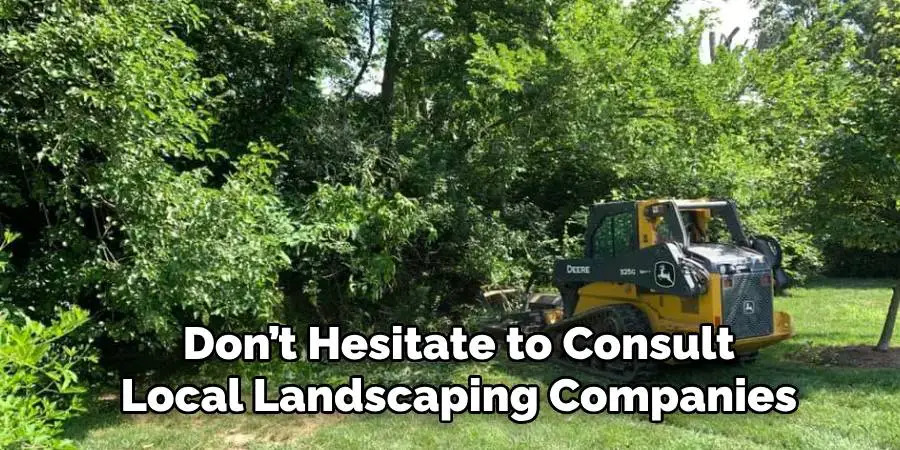
Conclusion
Ultimately, learning how to remove brush from yard spaces empowers you to take control of your home’s environment, aesthetics, and safety. By carefully assessing your needs, choosing the proper tools, and applying effective techniques, you can tackle overgrowth with confidence. Remember to dispose of debris properly and keep up with regular maintenance to prevent future brush accumulation. With diligence and smart strategies, your yard can become a clean, vibrant, and enjoyable oasis for years to come.

